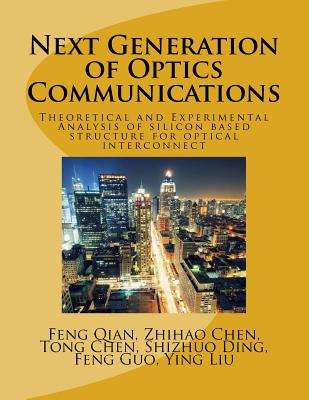You are here
Back to topNext Generation of Optics Communications: Theoretical and Experimental Analysis of silicon based structure for optical interconnect (Paperback)
(This book cannot be returned.)
Description
The main objective of the dissertation is to present work describing theoretical studies of planar structures with erbium doped regions and characterization of erbium doped particles. Numerical models of erbium doped Al2O3 were formulated, taking into account the up-conversion from the metastable Er3+ levels and the cross-relaxation process as a mechanism of energy transfer between Er3+ ions. The influence of amplified spontaneous emission (ASE) is also fully considered in the numerical model. The first part of this research investigates the effects of design geometries and nonlinear losses on gain in silicon waveguides with multiple trenched erbium-doped Al2O3 regions. Distributing erbium ions over multi-trench areas improves the gain to nonlinear loss ratio. 0.38 dB/cm higher signal amplification was generated when comparing the multiple and single-trench configurations. In the second part of this work, a dielectric vertical emitter structure consisting of an erbium doped active material layer sandwiched between two metallic layers is studied. In this structure, metal layers are used to guide the plasmonic pump mode that has the role of exciting the active material and act as mirrors in the vertical direction to form a cavity resonating at 1532 nm. We employ the transverse resonance method to compute the modes in the structure, and we focus on even (with respect to the x polarized electric field) TM modes. We show that such structures can be promising candidates for dielectric based vertical emitters. In the last part of this dissertation, characterization of micron sized erbium doped particles is discussed. We demonstrate the feasibility of single-shot, single-detector high-resolution imaging and tracking by a time-space-wavelength mapping technique. We experimentally demonstrate single-shot imaging at 1 line/50 ns capture rate. A correlation method is implemented to obtain the transient movement of an individual particle. This system can be further optimized for real-time imaging, tracking of multiple micro-particles or arbitrary objects.
